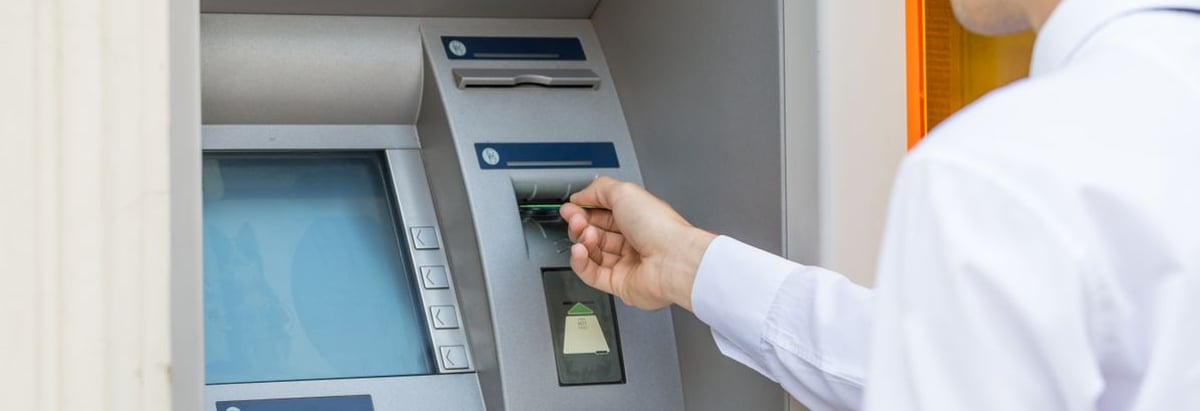What You Must Know About Banco di Desio e della Brianza SpA's (BIT:BDB) Return on Equity

This analysis is intended to introduce important early concepts to people who are starting to invest and want to start learning about core concepts of fundamental analysis on practical examples from today's market.
Banco di Desio e della Brianza SpA’s (BIT:BDB) most recent return on equity was a substandard 3.85% relative to its industry performance of 7.40% over the past year. An investor may attribute an inferior ROE to a relatively inefficient performance, and whilst this can often be the case, knowing the nuts and bolts of the ROE calculation may change that perspective and give you a deeper insight into BDB's past performance. I will take you through how metrics such as financial leverage impact ROE which may affect the overall sustainability of BDB's returns.
See our latest analysis for Banco di Desio e della Brianza
Peeling the layers of ROE – trisecting a company’s profitability
Firstly, Return on Equity, or ROE, is simply the percentage of last years’ earning against the book value of shareholders’ equity. An ROE of 3.85% implies €0.039 returned on every €1 invested, so the higher the return, the better. Investors seeking to maximise their return in the Diversified Banks industry may want to choose the highest returning stock. However, this can be misleading as each firm has different costs of equity and debt levels i.e. the more debt Banco di Desio e della Brianza has, the higher ROE is pumped up in the short term, at the expense of long term interest payment burden.
Return on Equity = Net Profit ÷ Shareholders Equity
Returns are usually compared to costs to measure the efficiency of capital. Banco di Desio e della Brianza’s cost of equity is 12.47%. Given a discrepancy of -8.62% between return and cost, this indicated that Banco di Desio e della Brianza may be paying more for its capital than what it’s generating in return. ROE can be broken down into three different ratios: net profit margin, asset turnover, and financial leverage. This is called the Dupont Formula:
Dupont Formula
ROE = profit margin × asset turnover × financial leverage
ROE = (annual net profit ÷ sales) × (sales ÷ assets) × (assets ÷ shareholders’ equity)
ROE = annual net profit ÷ shareholders’ equity

Essentially, profit margin shows how much money the company makes after paying for all its expenses. The other component, asset turnover, illustrates how much revenue Banco di Desio e della Brianza can make from its asset base. Finally, financial leverage will be our main focus today. It shows how much of assets are funded by equity and can show how sustainable the company’s capital structure is. We can determine if Banco di Desio e della Brianza’s ROE is inflated by borrowing high levels of debt. Generally, a balanced capital structure means its returns will be sustainable over the long run. We can examine this by looking at Banco di Desio e della Brianza’s debt-to-equity ratio. Currently the ratio stands at more than 2.5 times, which is very high. This is not a good sign given Banco di Desio e della Brianza's below-average ROE is already being driven by its significant debt levels and its ability to grow profit hinges on a significant debt burden.

Next Steps:
ROE is a simple yet informative ratio, illustrating the various components that each measure the quality of the overall stock. Banco di Desio e della Brianza’s ROE is underwhelming relative to the industry average, and its returns were also not strong enough to cover its own cost of equity. Also, with debt capital in excess of equity, ROE may already be inflated by the use of debt funding, raising questions over the possibility of further decline in the company’s returns. Although ROE can be a useful metric, it is only a small part of diligent research.
For Banco di Desio e della Brianza, there are three essential aspects you should look at:
- Financial Health: Does it have a healthy balance sheet? Take a look at our free balance sheet analysis with six simple checks on key factors like leverage and risk.
- Valuation: What is Banco di Desio e della Brianza worth today? Is the stock undervalued, even when its growth outlook is factored into its intrinsic value? The intrinsic value infographic in our free research report helps visualize whether Banco di Desio e della Brianza is currently mispriced by the market.
- Other High-Growth Alternatives : Are there other high-growth stocks you could be holding instead of Banco di Desio e della Brianza? Explore our interactive list of stocks with large growth potential to get an idea of what else is out there you may be missing!
To help readers see past the short term volatility of the financial market, we aim to bring you a long-term focused research analysis purely driven by fundamental data. Note that our analysis does not factor in the latest price-sensitive company announcements.
The author is an independent contributor and at the time of publication had no position in the stocks mentioned. For errors that warrant correction please contact the editor at editorial-team@simplywallst.com.
Simply Wall St analyst Simply Wall St and Simply Wall St have no position in any of the companies mentioned. This article is general in nature. We provide commentary based on historical data and analyst forecasts only using an unbiased methodology and our articles are not intended to be financial advice. It does not constitute a recommendation to buy or sell any stock and does not take account of your objectives, or your financial situation. We aim to bring you long-term focused analysis driven by fundamental data. Note that our analysis may not factor in the latest price-sensitive company announcements or qualitative material.
About BIT:BDB
Banco di Desio e della Brianza
Provides banking products and services to individuals and enterprises in Italy.
Adequate balance sheet second-rate dividend payer.
Market Insights
Community Narratives





